It's all happening
Review | The London Magazine
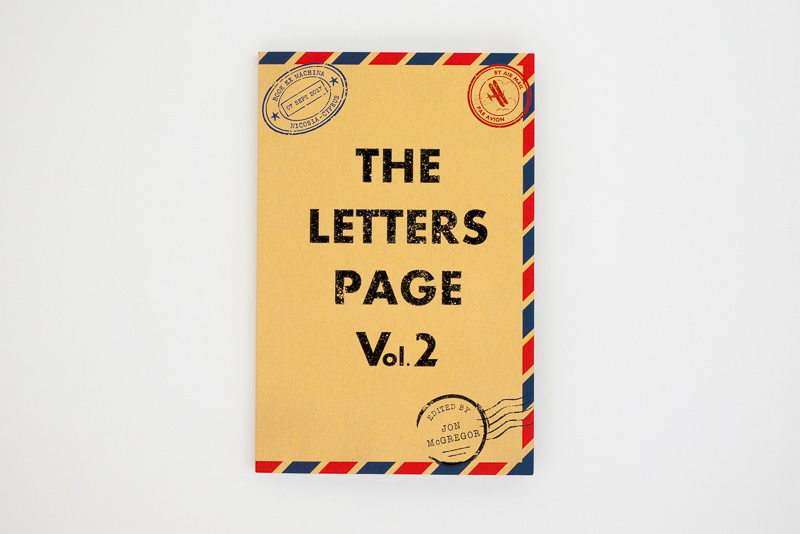
Overall, The Letters Page Vol. 2 is an immaculately presented and edited book. Each world of its letters gives us that much needed breath, that Mavrou cites in the beginning. An oxygen not of the body, but of truth. The writers might give us worded copies of their worlds, but they are clad in electric clarity; commensurate to their talent. By diving into these letters, we can step outside of our fake news, social media and advertising for a beat, and find a gamut of life.
Read the rest of the review at The London Magazine
Review | TLS
The epistolary form is currently enjoying a revival. The Letters Page, a literary journal, has reversed the digital trend, publishing a selection of letters from its previous online issues in a print edition. Freed from the confines of the screen, this project revels in its materiality: the paperback edition is accompanied by printed facsimiles of featured letters, tied with string that resembles the border stripe of an airmail envelope, and contained in a clamshell box of letterbox red.
Read the rest of the review here
Review | The Irish Times
Letter writing may be a dying art, but the imaginative and creative range of this collection shows there’s much life in it yet.
Read the rest of the review at The Irish Times
Feature | The Guardian

A letter always arrives from the past… You wait for a letter to arrive. You wait for a reply. In the time it takes for the letter to reach its destination, anything can happen: minds be changed, lives lost, loves discovered.
— Jon McGregor
Read all about the beginnings of The Letters Page in The Guardian
Review | The Lonesome Reader
There is a relationship formed in writing and reading letters which is so intimate like peering into someone else’s window. As someone who used to love exchanging letters so much, it’s thrilling to see this form being kept alive in such a creative format as The Letters Page.
—Eric Karl Anderson
Review at the Lonesome Reader
Feature | Mag Culture
Have you ever loved a story so much that you wished you could put it in your pocket and carry it around with you forever?
—Mag Culture
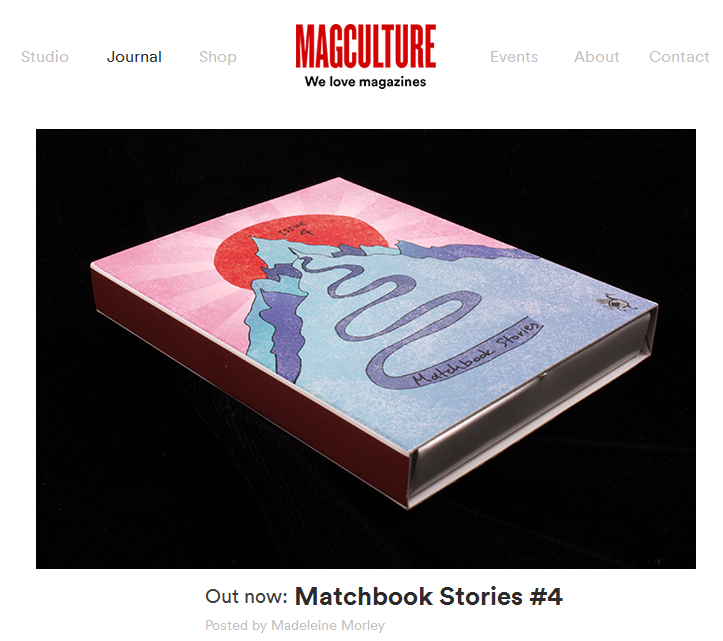
The stories are short, crisp and atmospheric, and they make good use of pacing (an important line break will often be followed by the turn of a page, making the words all the more emphatic). As soon as I started reading the stories, I immediately wanted to pass the matchbooks to different friends: it’s rare to find a magazine that you want to give away not because you don’t like it, rather because it’s so special that you actively want to share it.
Read this beautiful feature at the Mag Culture magazine
Praise for Matchbook Stories
“Beautiful package and even more amazing little tiny stories inside. What a complete delight!” —Aimee Bender
“I've never seen before super short stories treated with such great love and respect.” —Etgar Keret
“One of the most unusual and beautiful literary magazines in the world.” —J. Robert Lennon
“Tiny but breathtaking stories… absolutely adorable… an art object that assures both style and substance.”
—Smokelong Quarterly
“Charming ‘amuse bouche’ that delight with their wit and style, both in content and design.” —Blackwell’s
“I love creative limited editions like this, they really showcase the handmade process and how special it is to own something like this.”
—Design*Sponge
“King concept from Matchbook Stories: ‘The tiniest literary magazine in the world.’” —Coverjunkie
“What a delight they are to read” —The Review Review
“We're kind of obsessed with Matchbook Stories—they're tiny, portable, attention-span friendly and more.” —Sweet
Interview | The Review Review
Books as Objects Should Be Beautiful.
—Ioanna Mavrou talks to The Review Review about Matchbook Stories.
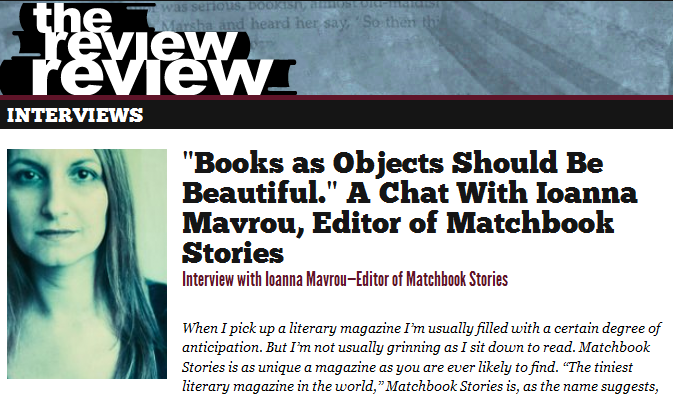
When I pick up a literary magazine I’m usually filled with a certain degree of anticipation. But I’m not usually grinning as I sit down to read. Matchbook Stories is as unique a magazine as you are ever likely to find. “The tiniest literary magazine in the world,” Matchbook Stories is, as the name suggests, designed to look like a matchbox. Inside each small box are four stories, each printed on its own tiny matchbook, with cover art designed specifically for each. As expected, the stories are very short, but what a delight they are to read, not just because they are well-written, but because the magazine is three-dimensional, thereby making the act of opening the box and choosing which story to read first, much different than opening the covers of a more traditional magazine. Plus, it’s just plain fun.
—Sandy Ebner, The Review Review
Read this interview at the The Review Review
Feature | The Bookseller
Matchbook series strikes a chord
—The Bookseller

Read this feature at The Bookseller
Feature | SWEET
This Mag Is On Fire
—Sweet
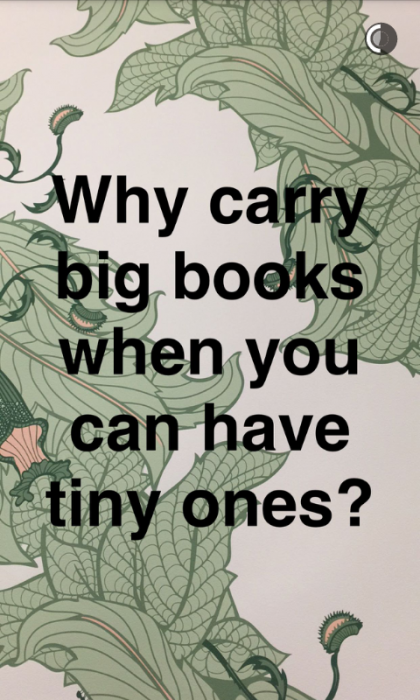
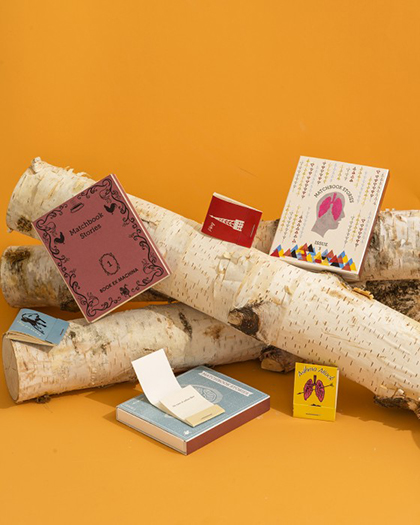
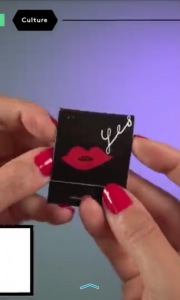
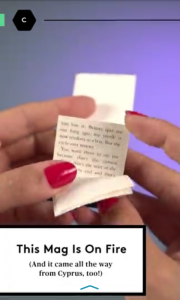
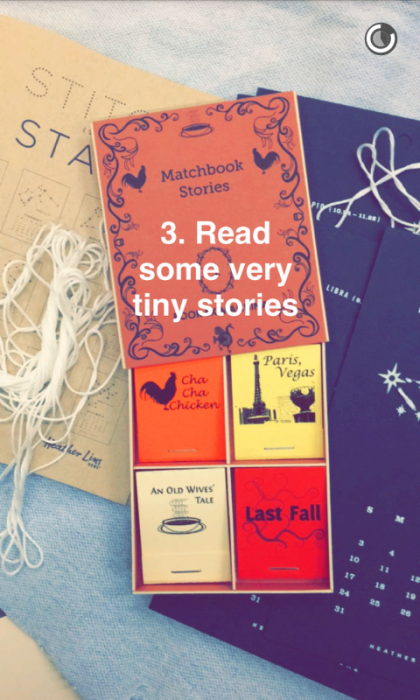
A beautiful feature of Matchbook Stories on Snapchat from Sweet
Review | Smokelong Quarterly
Friends in Flash: Matchbook Stories

At first glance, the most striking (pun so intended) aspect of the Matchbook Stories is its unique make-up. Yes, these stories are contained within actual matchbooks, and yes they are absolutely adorable, and yes your friends will squee with delight when they bear witness to such tiny cuteness. But Matchbook Stories isn’t just a gimmick. The stories are equally as compelling as their packaging. Book Ex Machina has created an art object that assures both style and substance.
—Smokelong Quarterly
Read this review at Smokelong Quarterly
Exhibition | Kunstquartier Bethanien
The Last Divided Capital in Europe
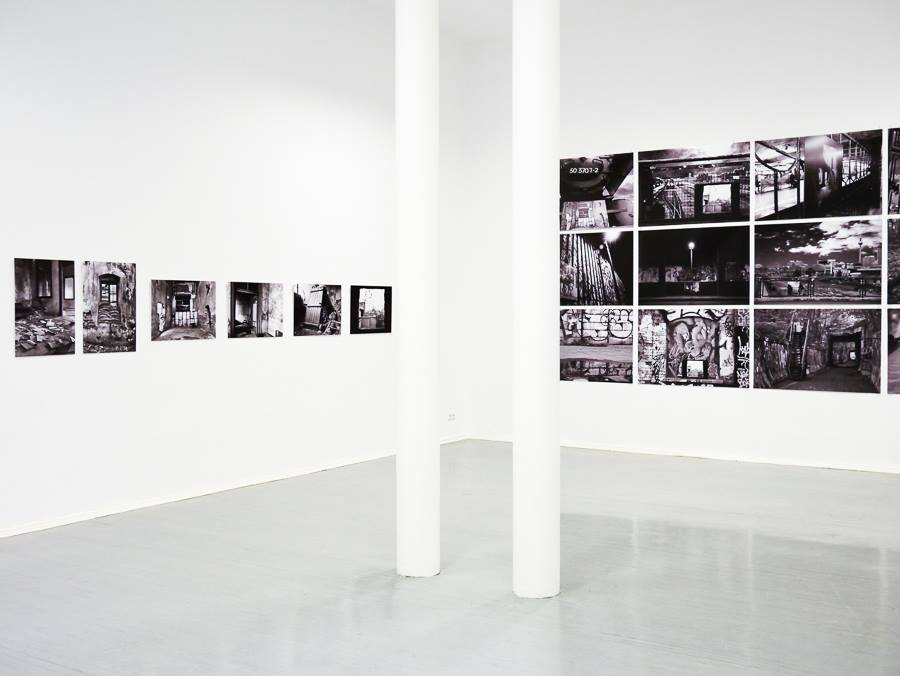
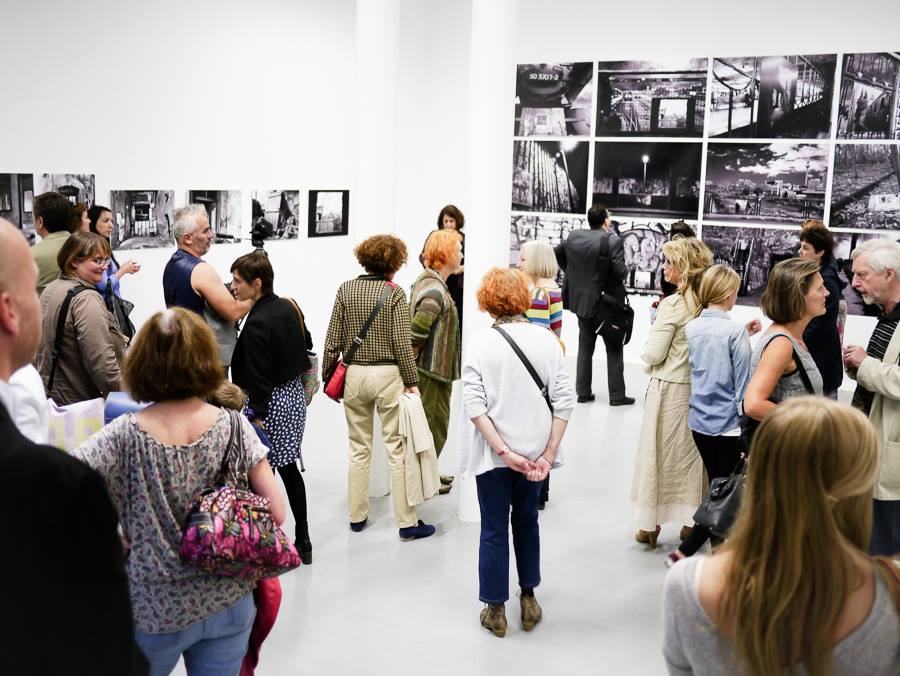
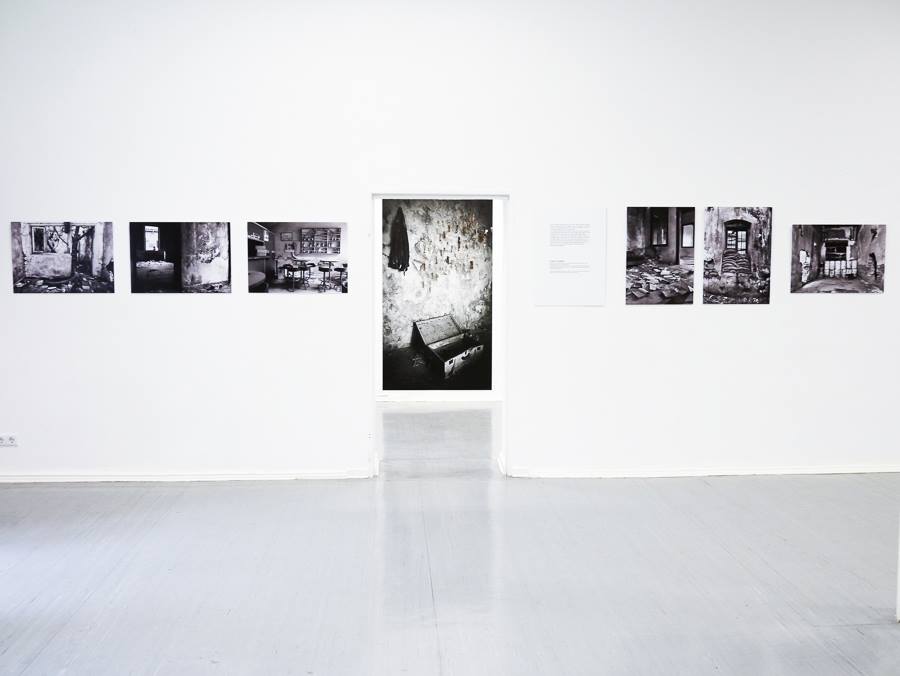
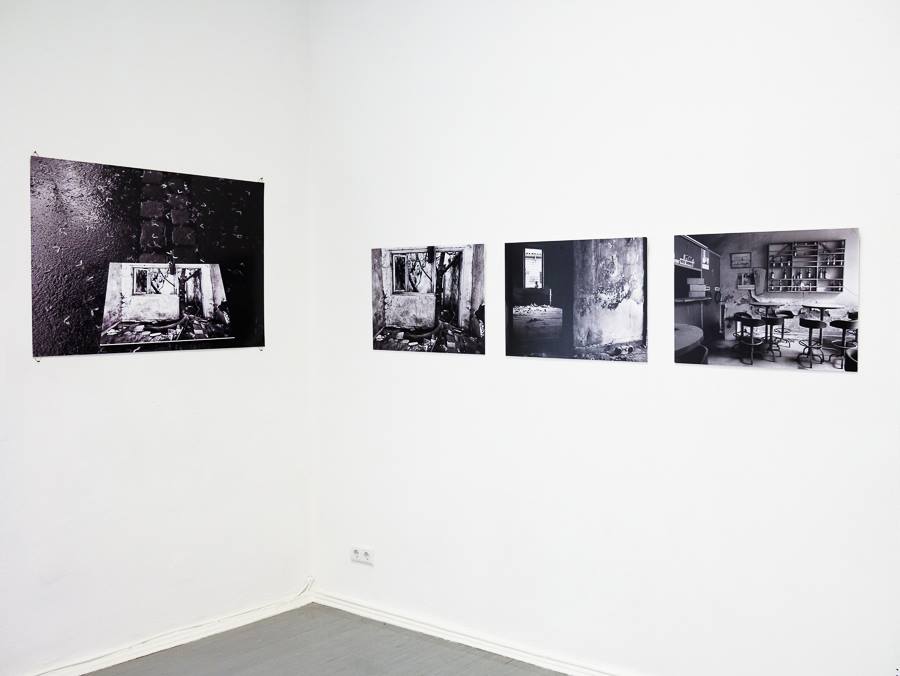

In 2014, forty years since the division of Cyprus and twenty-five since the fall of the Berlin wall, the embassy of Cyprus in Berlin organized the photo exhibition Die letzte geteilte Hauptstadt Europas (The Last Divided Capital in Europe) featuring pictures from our book Nicosia in Dark and White.
More here
Interview | The Cyprus Weekly
Ioanna Mavrou and Thodoris Tzalavras talk to Phedias Christodoulides of The Cyprus Weekly about all things Book Ex Machina
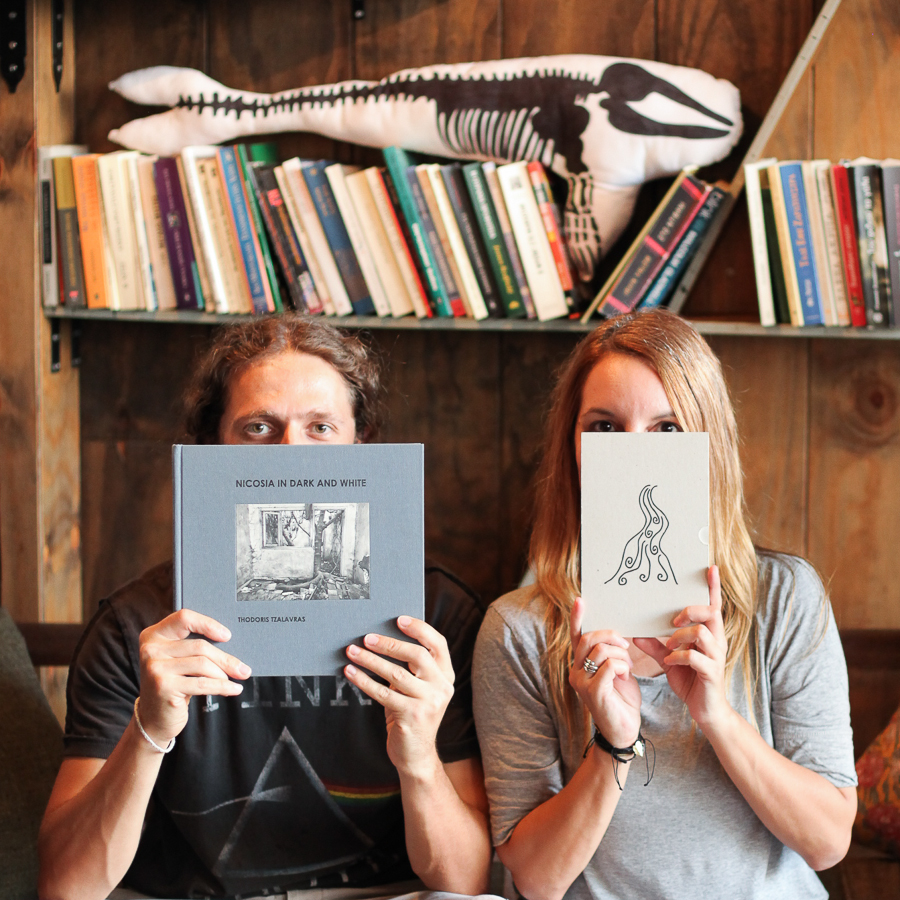
Capturing Art in Books
—The Cyprus Weekly
Read the interview here
Interview | The Postcard Collective
Thodoris Tzalavras talks to Jacinda Russell of The Postcard Collective about Postcard Stories
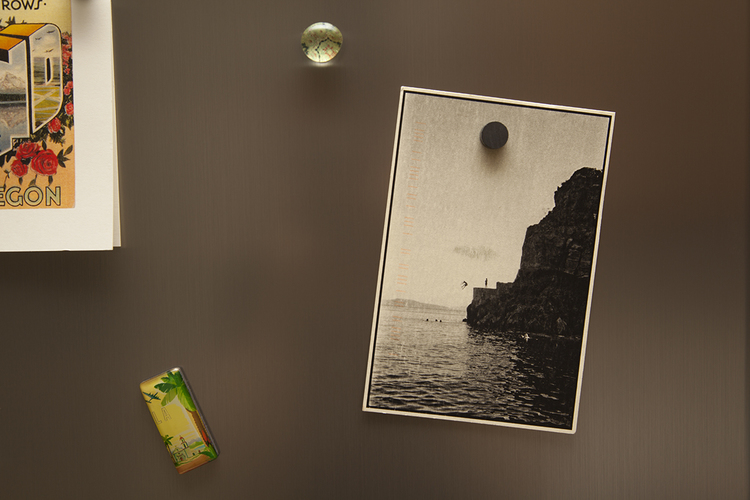
I am drawn to “Fall” because of the exoticism of place and the carefree nature of the activity that screams summer. It is magical because it offers me, a viewer on the other side of the world, a form of escape. I didn't know I longed for this place until I saw your photograph.
—Jacinda Russel
Read this interview at The Postcard Collective
Review | The PhotoBook
A haunting story about an abandoned place
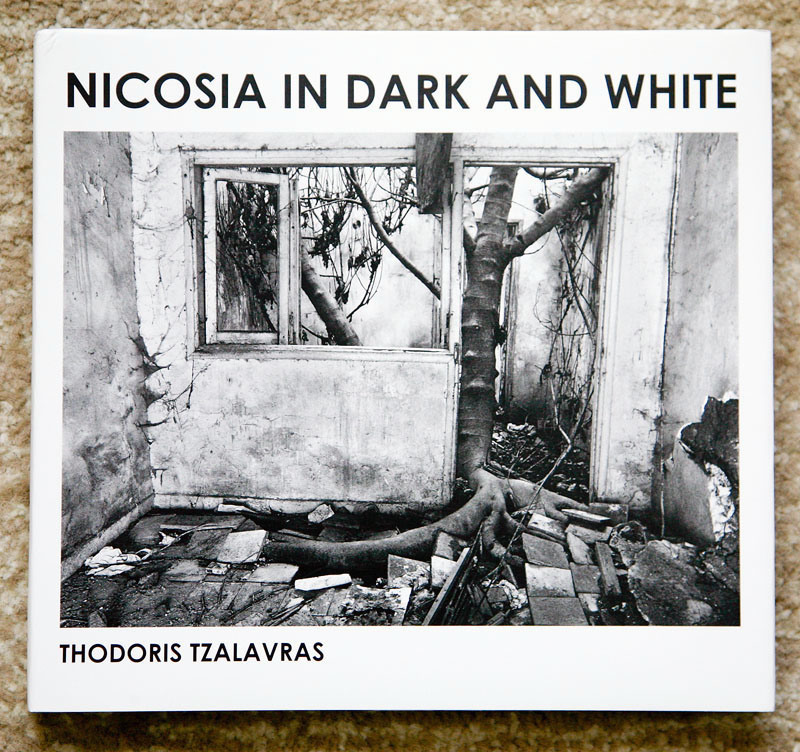
In a number of photographs, Tzalavras captures a person moving past a window and intellectually we can read this blurr as his subject that is moving during a long exposure. Nevertheless, this reads of a ghost, spirit or memory that haunts this place, representing the melancholy that encircles this sad monument
—Douglas Stockdale
Read the review at The Photobook
Feature | American Photo
In the Shadow of the Black Sun
Thodoris Tzalavras's pinhole images headline American Photo feature on sun-capturing photographers.


In 1939, Ansel Adams created a famous image using overexposure solarization. Today, a new generation of photographers are adding to this tiny subgenre, drawing on equipment that spans decades to create images that are surreal and sublime.
—John Mahoney, American Photo
Read the article in American Photo
Sign up for our newsletter to receive news and special offers


